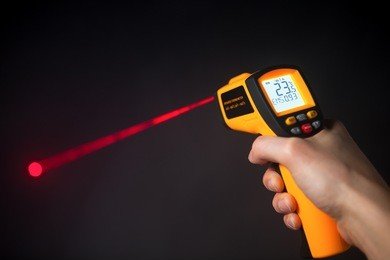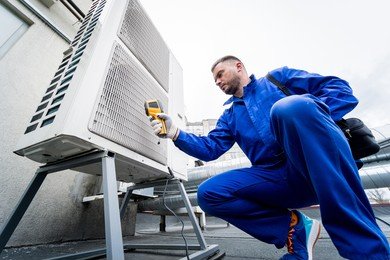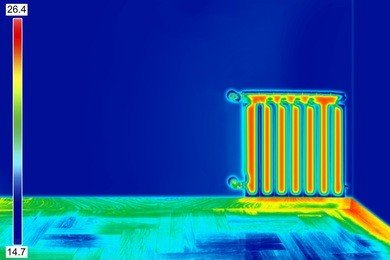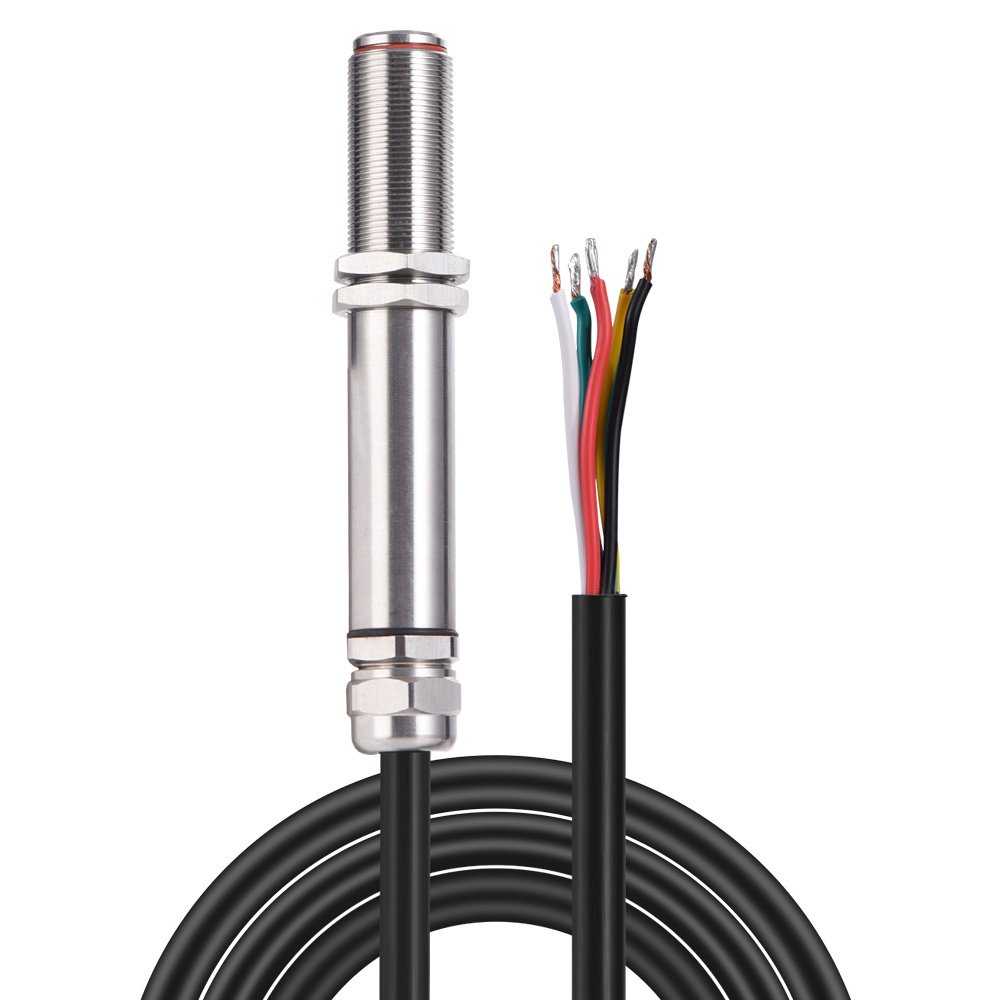In the ever-evolving landscape of technology and innovation, infrared thermometer sensor has emerged as a game-changer, offering a non-contact and highly accurate solution for a wide range of applications. In this blog post, I'll take you on a journey through the fascinating history and diverse applications of high temperature infrared thermometer:
- Industrial Maintenance and Predictive Maintenance;
- Healthcare and Medical Diagnosis;
- Food Industry and Quality Control;
- Building and Energy Management;
- Aerospace and Defense;
- Environmental Monitoring;
- Research and Development;
- Electronics and Semiconductor Manufacturing;

A Brief History and Fundamentals
Before delving into the exciting applications, let's touch upon the history and fundamentals of infrared pyrometer. The concept of using infrared technology to measure temperature dates back to the early 20th century. It is based on the principle that all objects emit infrared radiation in proportion to their temperature. This emitted radiation can be detected and used to calculate the object's temperature, thanks to specialized sensors and instruments.
Applications Galore
Infrared thermometer finds applications in a multitude of industries and scenarios, each benefiting from its unique capabilities. Here are some noteworthy applications:
1. Industrial Maintenance and Predictive Maintenance
In the industrial world, machinery, and equipment are subjected to extreme temperatures and conditions. Ir thermometer and thermal cameras play a pivotal role in predictive maintenance. They allow engineers to monitor the temperature of critical components, identify hotspots, and prevent costly breakdowns. By detecting abnormal temperature rises, maintenance can be scheduled before failures occur.

2. Healthcare and Medical Diagnosis
In the healthcare sector, non-contact temperature measurement is a vital tool. Infrared thermometers enable healthcare professionals to take quick and accurate temperature readings, especially when dealing with infants or individuals who are sensitive to touch. They have become indispensable during the COVID-19 pandemic for fever screening at entrances to public spaces.
3. Food Industry and Quality Control
Ensuring food safety and quality is of paramount importance. Infrared temperature sensor are used to measure the temperature of food products at various stages of production and distribution. They help detect temperature variations in refrigeration units, ovens, and cooking surfaces, contributing to food safety and quality control.
4. Building and Energy Management
Ir temperature measurement aids in energy conservation and building management. Thermal cameras are employed to detect heat loss, insulation issues, and faulty electrical connections in buildings. By identifying areas of energy inefficiency, building managers can take corrective measures to reduce energy consumption.
5. Aerospace and Defense
In the aerospace and defense industries, precise temperature monitoring is crucial for the safe operation of aircraft and military equipment. Infrared sensors are used to measure the temperature of critical components, detect engine anomalies, and ensure the structural integrity of aircraft.
6. Environmental Monitoring
Environmental scientists use infrared technology to measure the temperature of natural environments, including bodies of water, land, and even wildlife. It helps in climate research, wildlife conservation, and monitoring the health of ecosystems.

7. Research and Development
In laboratories and research facilities, Infrared Temperature Measurement is a common tool for scientists and researchers. It aids in experiments, material analysis, and product development by providing accurate temperature data without physical contact.
8. Electronics and Semiconductor Manufacturing
In the electronics industry, precise temperature control is essential during the manufacturing of semiconductors and electronic components. Infrared temperature measurement ensures that the production process adheres to strict temperature specifications, resulting in high-quality components.

Conclusion
The widespread applications of Infrared Temperature Measurement underscore its versatility and importance in various industries. Whether it's safeguarding industrial machinery, ensuring healthcare safety, or advancing environmental research, this technology continues to revolutionize the way we measure and understand temperature. As innovation in sensor technology and data analysis accelerates, the future holds even more exciting possibilities for Infrared Temperature Measurement.
If you are interested in our infrared temperature measurement, please fill out the right form and contact us!

